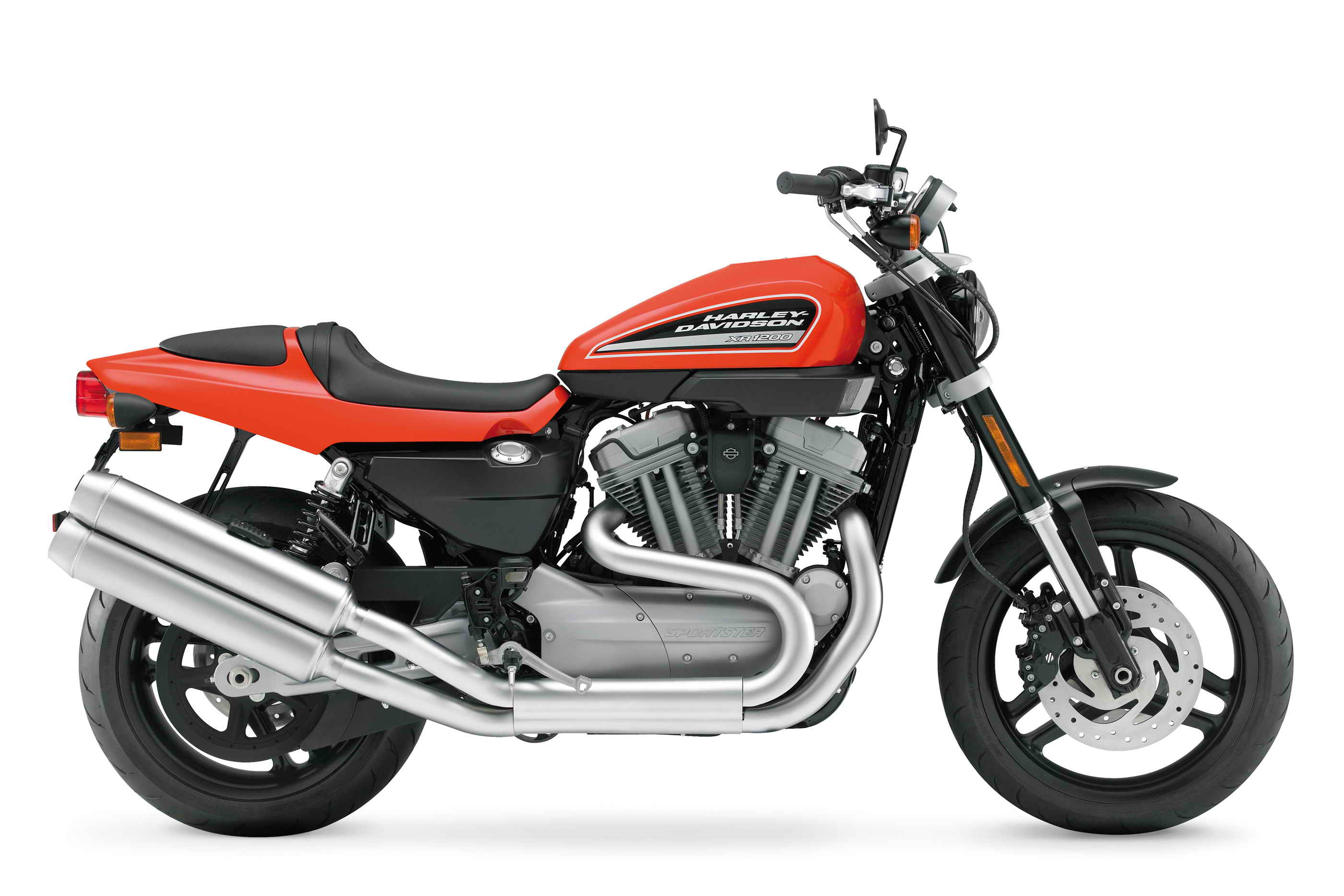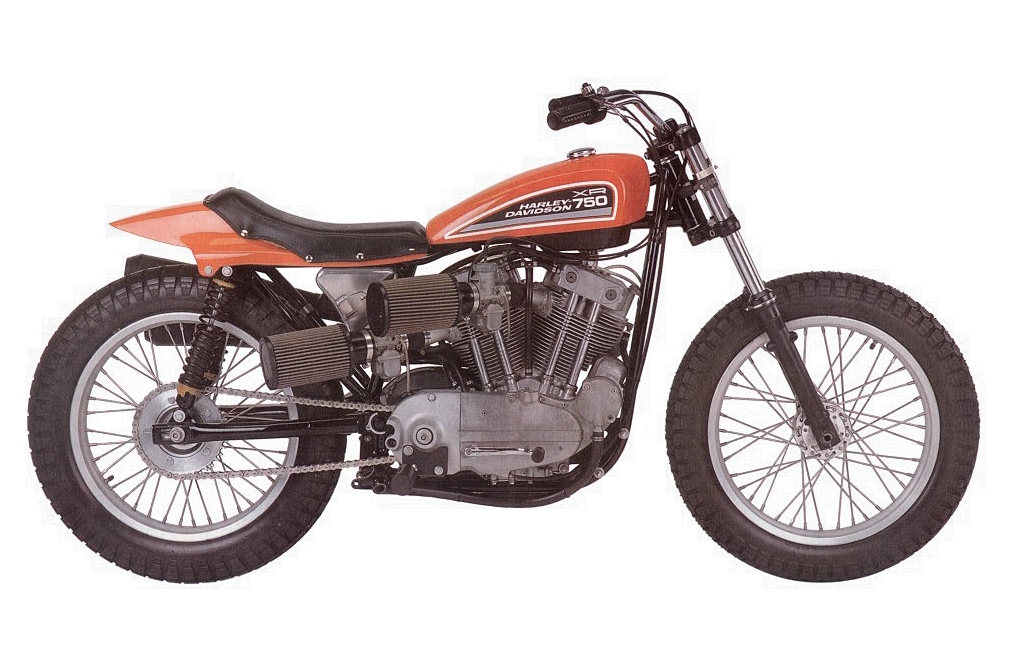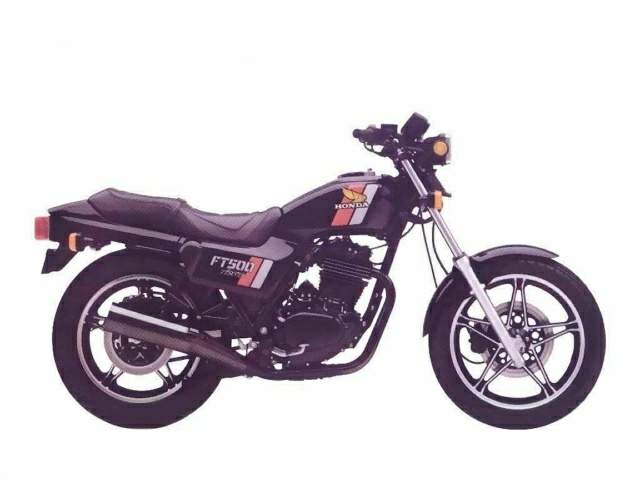Motorcycle Investor mag

Future collectibles: Harley-Davidson XR1200/XR1200X
(by Guy Allen - May 2020)
It took a while for Harley to properly recognise its race heritage
Okay, let’s be frank, Harley-Davidson and racing are not two terms we usually use in the same sentence. Like elephant and ballerina, or Donald Trump and subtlety, they’re not a natural match. True? Let’s just put a little to dent in that perception. If you’ve not watched it before, we can recommend you get on Youtube and search for American flat track racing, and don’t blame us if you get addicted. You’ll very quickly pick up what these bikes are about and why people like them.
You may also notice that Harley-Davidson is the dominant force, and has been for decades. Okay, to be fair, your average street Harley has as much chance of winning a race as the rest of us have of becoming Supreme Leader of the Intergalactic Empire, but it’s the thought that counts and there’s no denying there exists a strong heritage.
Harley has every reason to shout about its racing success and the mystery is why these efforts have been so patchy. You would have thought they’d be making a big song and dance about this right from, at very least, the early seventies. Sure, there was some connection made in the advertising and corporate bumph over the decades, but I would have expected a whole model line named (probably) after a famous race track. Hell, even Honda had a go at it with the Ascot series.
Harley had a crack at this race replica market with the relatively exclusive XR1000 series, launched at Daytona Beach in 1983, but its appearance didn’t really make the race connection. It did however boast a stock bottom end with race-derived top end
It wasn’t until 2009 that we got to see something that really looked like a flat-tracker from the company – enter the XR1200. Underneath the paint, we’re talking about a fairly typical Evolution series Sportster. Nothing wrong with that.
In fact, the bike was introduced to Europe in mid-2008, but it took a year for the company to release it both here and in its home market.
NO RACER
As I’ve suggested, this was no race monster, despite the war paint. It did nevertheless receive some very welcome upgrades so it at least had some claim to being a performance machine.
The Evo powerplant received a lot of attention, with the company claiming it had been blessed with ‘precision cooled’ cylinder heads. It may sound like a crock, but is in fact an additional oil flow through the heads to help dissipate heat. In addition, the bike gained a substantial oil cooler. Anyone who has hammered a pre-2009 Sportster engine to within an inch of its life can tell you they do get tired and emotional – so the upgrade made a whole lot of sense on something that invited hard riding.
Its engine package included a 10:1 compression ratio along with more aggressive than usual cams for a Sporty and fuel injection. All up, it was said to be good for 90 horses – a lot in Harley terms and more than enough to get you into trouble.
Like the engine, the frame received a fair amount of attention, with a new design for the main section, allied to a cast alloy swingarm. Suspension was by Showa, with a 43mm USD fork up front and twin shocks with adjustment for ride height on the rear.
You actually got twin discs with four-piston calipers on the sharp end (with another disc and single-pot caliper on the rear), so there was decent braking on offer.
This was one of the taller Harley seats on offer at the time, at 774mm unladen. Fuel capacity was a bit light on (such is the price of style) at 13.5lt, and the bike was in no danger of blowing away with its 254kg dry weight.
Instrumentation was dominated by a big analogue tacho, with a smaller digital speedo off to one side.
The big distinction between this and the XR1000 was this time around the bike actually looked the part.
COMPLAINTS
Road test of the day were generally very positive, though as the miles climbed complaints about the rear suspension started to filter through. It seems the combination of short travel and at best mediocre specs made it a bit of a trial on patchy roads and particularly through bumpy corners.
Move on up a couple of years (2011) and we get the ‘mark II’ version, the XR1200X. It carried a lot more black paint around the engine and pipes, and shamefully didn’t see the orange colour scheme from the first model carry across. Engine, frame and transmission spec was largely left alone.
However there was one very important upgrade: the suspension. Up front we now got the Showa Big Piston fork, plus a much-improved set of rear shocks also with full adjustment. The front brakes also came in for a change-over with new calipers (still fours-potters) and floating rather than solid-mounted discs.
I spent most of my riding time on the second version and had an absolute ball. It’s a good-looking thing in the flesh, though I’ll confess for having a weak spot for the looks of the first-gen in orange.
THE BIG EASY
As a ride, it’s big and easy to access. In the second-gen, the suspension does its job well, providing fairly sharp feedback and a real sense of security. It’s still firm and that combined with the fairly thin seat means it’s never going to be a fabulous tourer.
Steering is about medium when it comes to the rate it actually turns, but the effort is low thanks to those nice wide handlebars. Ground clearance is decent and much better than average for the brand, while braking power and feel are respectable.
Performance is such that the 90-horse claim is entirely believable. It likes a few revs to get of the line cleanly and from there it’s all about midrange. Top speed is nudging 200km/h, though top-end performance really isn’t what this thing is about. Think more along the lines of belting through a set of bends with minimal need for gear-swapping and you get the idea. Speaking of gear-shifting, the five-speed action isn’t particularly slick but is fine for the task.
Maintenance should be very straight-forward and cheap on this bike, with the final numbers depending on how hard you ride it. Overall it’s very accessible fun.
And the numbers? Prices seem to be hovering from about $11k to mid-teens – in fact they seem to have stayed in that area for a good example.
Unless we’re suddenly hit with a flat-tracker craze, I don’t see them as being as big money-spinner, but if you care for it you should be able to get your money back.
In the meantime, you can always pretend you’re Jay Spingsteen…

-------------------------------------

The real thing
Harley-Davidson produced numerous flat track bikes of the years, though the one that is best known is the XR-750 variant which first saw light of day in 1972. This model superseded a rather fragile iron-head design that was being thrashed by Triumph and BSA, and returned the American maker to the podium.
The alloy top end for the engine was a big part of the secret and it launched numerous careers, the most famous of which is that of Jay Springsteen. He won the national AMA title in 1976-77-78 and enjoyed a phenomenal race career spanning 30 years.
Former race bikes are popular at auction with a decent example selling for over $40,000. However something with the right provenance – such as a former Springsteen bike – could go for several times that.

Honda what?
Honda – like many other makers – had a red-hot go at flat track in the USA, both in the single-cylinder and twins classes. It produced two production bikes as a result, named after the Ascot Park speedway in Los Angeles: the FT500 single and the VT500FT v-twin. The single was brought into Australia for 1984 and quickly disappeared off the market, while the twin was never a local Honda import. There are however a few private import VT Ascots in the country.
SPECS:
HARLEY-DAVIDSON XR1200/XR1200X
ENGINE:
TYPE: air-cooled, two-valves-per-cylinder, 45-degree V-twin
CAPACITY: 1202cc
BORE & STROKE: 88.9 x 96.8mm
COMPRESSION RATIO: 10:1
FUEL SYSTEM: sequential fuel injection
TRANSMISSION:
TYPE: five-speed, constant-mesh,
FINAL DRIVE: toothed belt
CHASSIS & RUNNING GEAR:
FRAME TYPE: Steel cradle
FRONT SUSPENSION: Showa 43mm USD/43mm Big Piston with full adjustment
REAR SUSPENSION: Preload-adjustable twin shocks/fully-adjustable twin shocks with piggyback reservoir
FRONT BRAKE: Nissin 292mm discs with four-piston caliper
on fixed/floating discs
REAR BRAKE: Nissin 260mm disc with single-piston caliper
DIMENSIONS & CAPACITIES:
DRY/WET WEIGHT: 254/263kg
SEAT HEIGHT: 774mm
WHEELBASE: 1519mm
FUEL CAPACITY: 13.5L
WHEELS & TYRES:
FRONT: 120/70-ZR18
REAR: 180/55-ZR17
PERFORMANCE:
POWER: 67kW @ 7000rpm
TORQUE: 100Nm (74lb-ft) at 3700rpm
OTHER STUFF:
PRICE WHEN NEW: circa $16-17,000 + ORC
------------------------------------------------
Produced by AllMoto 61 400 694 722
Privacy: we do not collect cookies or any other data.


Archives
Contact


